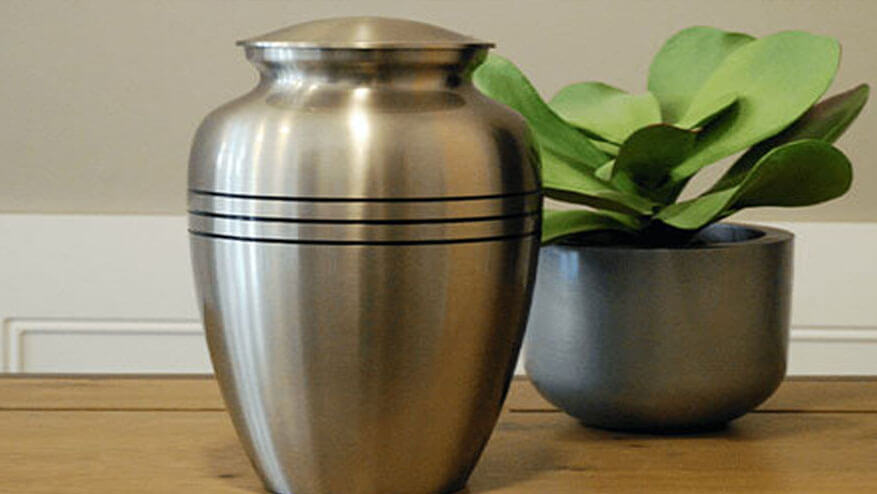Is the cremation process a subject that permeates our lives, since conversations like “I want to be buried or cremated”? even movies that portray funerary rituals. With the growing concern to preserve the environment and progressively adopt ecological attitudes, being cremated has become a topic of social discussions. But unlike burial, which has always been seen as a common act, the cremation process is not so well accepted.
How does cremation work?
After everything is settled, the body is placed in a cremation chamber and subjected to extreme heat and direct flames, at a temperature ranging between 1,400 and 1,800 degrees Celsius – in our body there is no cell that can withstand a temperature higher than thousand degrees.
The process usually takes up to three hours, depending on factors such as the weight of the deceased, the type of coffin or container in which the body is placed and the temperature of the chamber.
Heat dries the body, burning the skin and hair, contracting and charring the muscles, vaporizing the soft tissues and calcifying the bones, causing them to disintegrate. After that period, the corpse is reduced to skeletal remains, with some pieces of bone remaining.
The parts that have not been burned, such as implants, are separated with the help of a very strong magnet. Finally, the remaining pieces of bone are crushed or cremated again and transformed into a fine, uniform powder. The ashes are then placed in a temporary container or cremation urn and delivered to the family.
Cremation: Frequently Asked Questions?
How does the wake itself differ?
Basically, at the wake, there is no difference whether the deceased will be cremated or buried. The wake takes place normally and, in case the family chooses cremation, the body will be taken to the crematorium.
What is done with the ashes?
As well as the deceased’s option regarding cremation, so too the fate of his ashes may have been pre-established by him. If not, it will be the family’s destiny. There are options like:
– Water-soluble urns (which break up in water);
– Urns with humus and tree seeds, which can be planted with ashes;
– Ashes that can be thrown overboard or in rivers;
Is cremation accepted by all religions?
Yes, most religions accept cremation. But there are exceptions, such as Orthodox Jews, Islamists, Eastern Orthodox and some fundamentalist Christian religions.
How do you make sure you receive the correct remains?
The main Redlands cremation service providers have strict operational policies and procedures in order to maximize the level of service and minimize the possibility of human errors.




